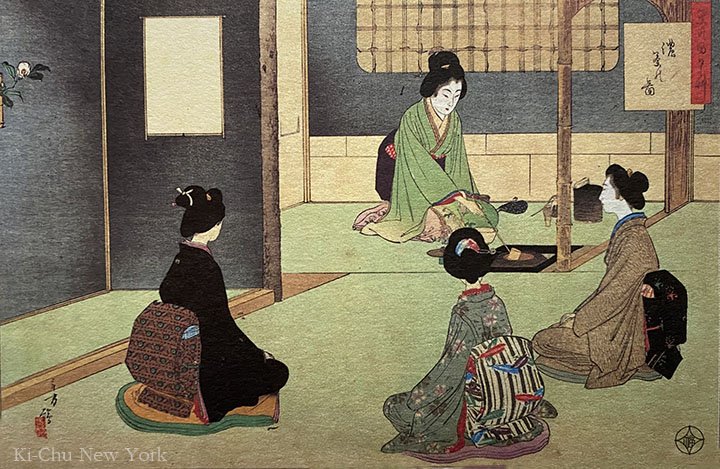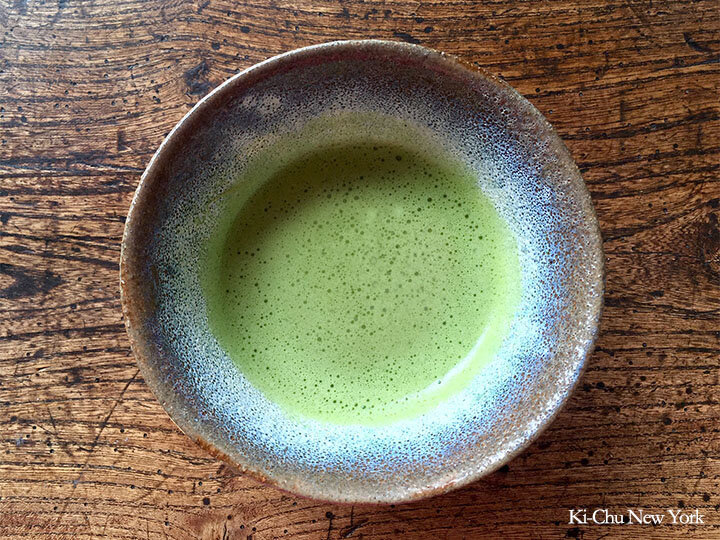This winter in New York has been relatively warm, and it seems like today will be even warmer. However, it's only the end of February, so it's still cold, sometimes below freezing. Lately, I've been enjoying matcha in a winter bowl, which is cylindrical shape and typically used during the coldest month of the year, February.
Winter tea bowl (Tsutsu Chawan) and Bamboo tea whisk (Chasen)
The small opening in the tea bowl is designed to keep the matcha warm and prevent it from cooling down quickly. As you carefully pour in the hot water, place the bamboo tea whisk, and fold the linen cloth, simply watching the steam slowly rising from the tea bowl warms your heart. And now, you begin to make matcha.
The Way of Tea known as the tea ceremony always reminds us of the importance of savoring the present moment. It seems like a simple concept, but it reflects the depth and spiritual richness of the Japanese people in the past.
I believe that life today is much richer than it was in the past. However, I feel that this is different from whether the human spirit has become richer.
While I can't wait for the arrival of warm spring weather, I've also realized that some pleasures can only be enjoyed during the cold season. Perhaps one of the greatest joys of a cold winter is seeing steam rise from a tea bowl or cup, feeling its soothing warmth wrap around your hands, and enjoying a hot beverage. Even if it's snowing outside, our bodies and hearts are filled with warmth. Let's enjoy the beauty of the cold season and the simple pleasures it brings for a bit while.
February Snow in Kent, CT










